In past years they have built their studio recitals on doing a Musical like "The Wizard of Oz." The featured characters that act out the story were auditioned from the older students and were able to do entire scenes and songs that suited their talents. Each class did a dance using one of the songs. So there may have been 30 little scarecrows dancing along with the Scarecrow to "If I Only Had a Brain." My little niece at age 5 was one of 30 little lions who danced with the Lion to "If I Were King of the Forest." And so forth.
Another year the studio did a recital taking a "Tour through Disneyland." The dances were pulled from songs representing the different rides or characters in the various lands of Disneyland. An original script was written to provide a plot for the main characters to act out. It was a cute idea and worked very well.
This year's show had not only an original script featuring the guest Disney actor as the Dad to his daughters having a sleepover party, but also had a few original songs about "being the hero in your life." (These songs were mostly sung by the professional actor, and he was really good.) Other songs provided the dances for the various classes all pulled from famous children's books. That was handy since many of the books were turned into Broadway Musicals and have their own songs. There were dances from "Seussical the Musical," "Matilda," "Newsies," and others, as well as Nursery Rhymes like "Old MacDonald Had a Farm." My little niece was a cow in that number.
This was a fun idea for a dance recital and kept the show moving along. I have been to so many dance recitals that had 2+ hours worth of unrelated music, and dancing of only so-so quality. I never wanted to sit through the entire thing ... but I had no trouble sitting through this recital. And the music was projected at an appropriate volume level --- not too loud. Good job everybody!
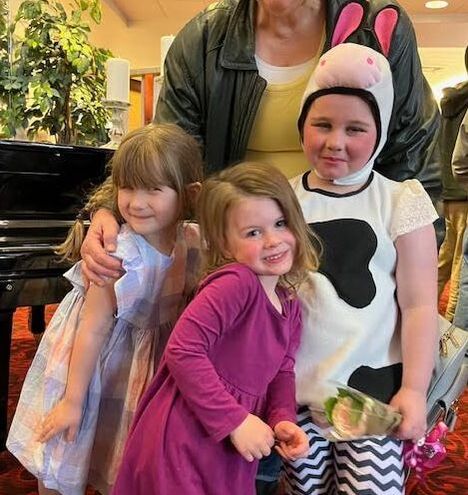
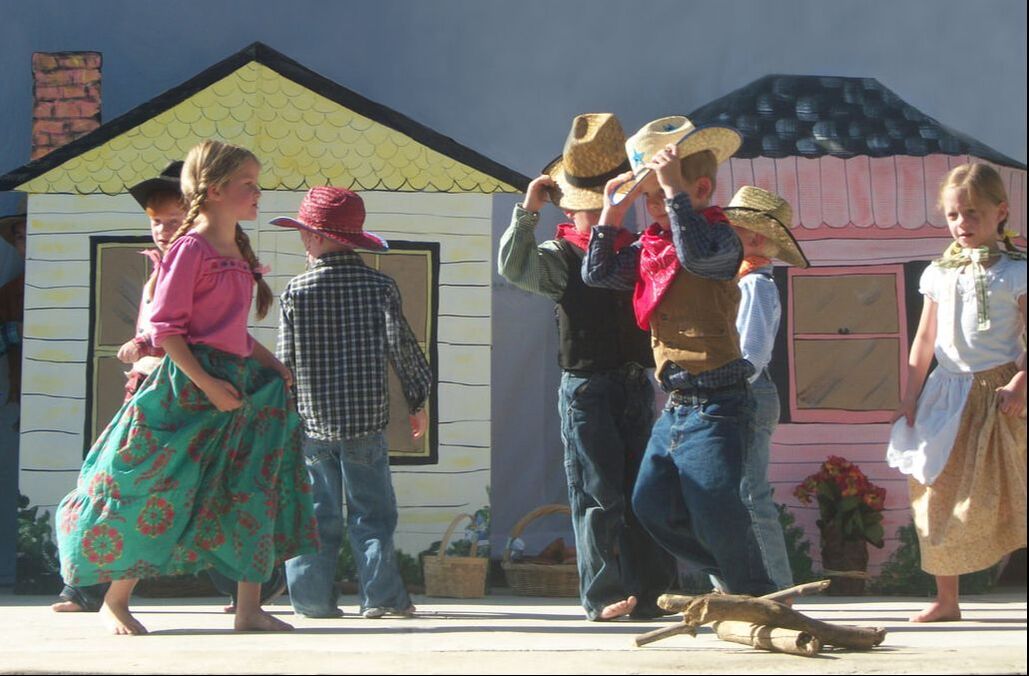
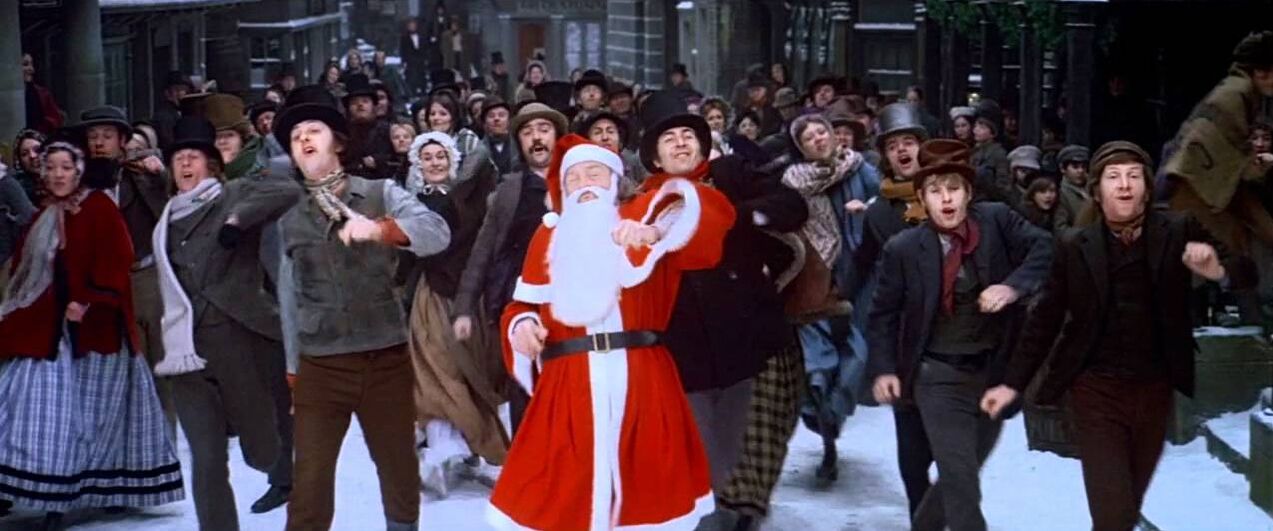
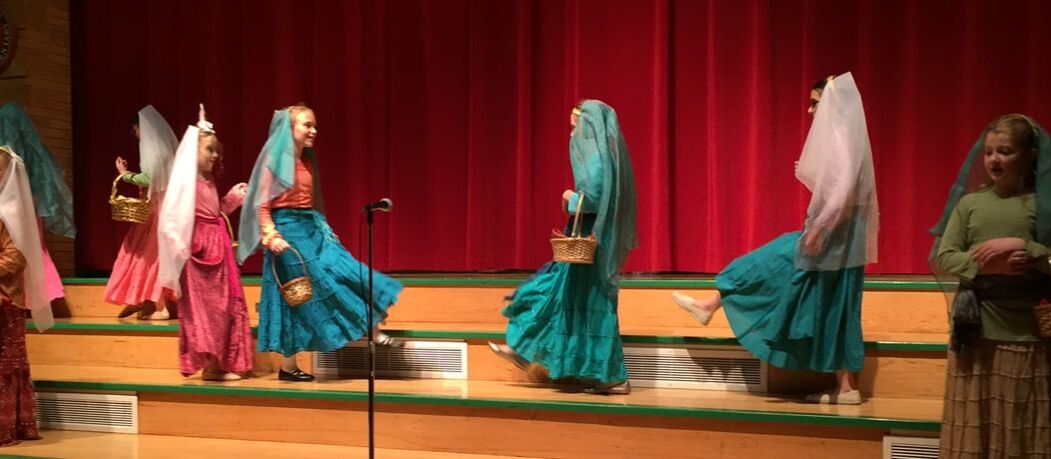
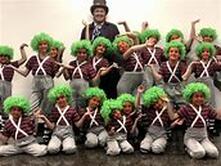
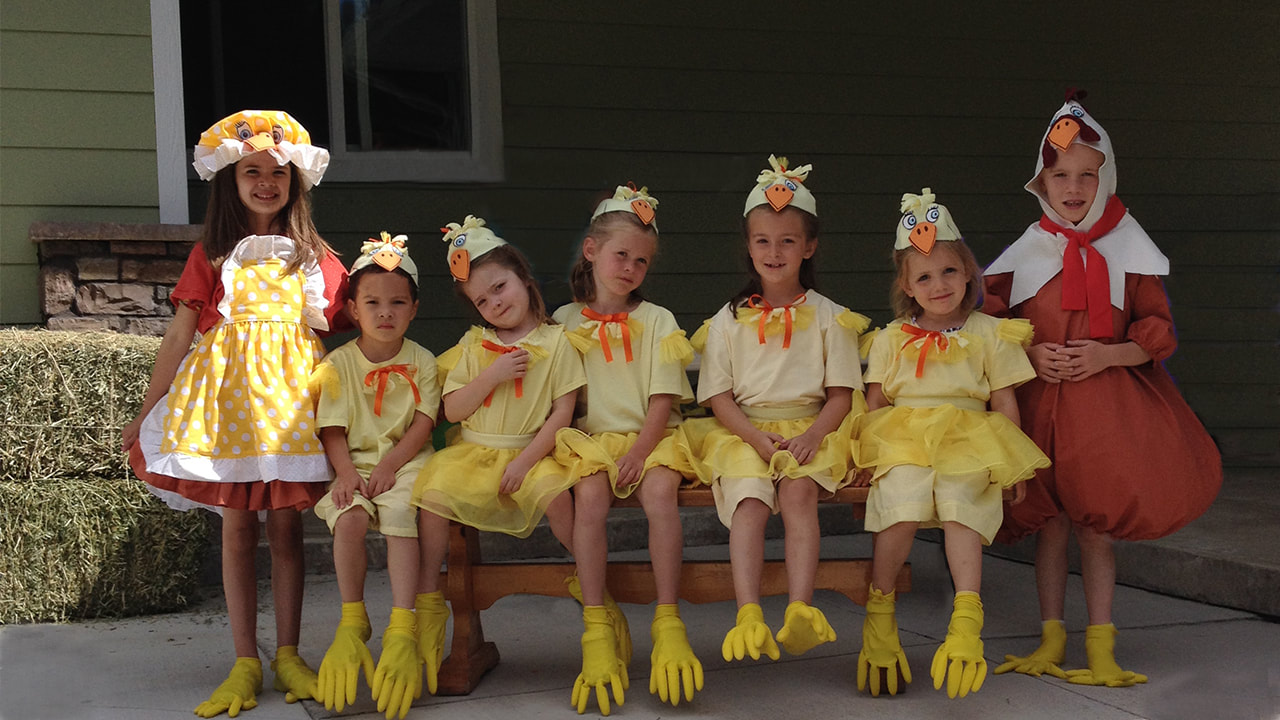
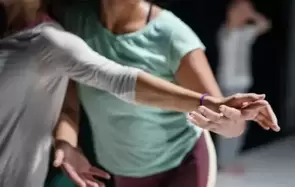
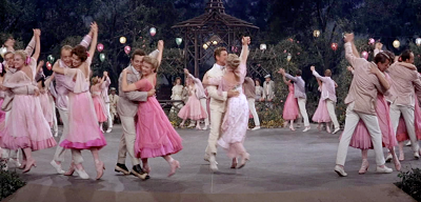
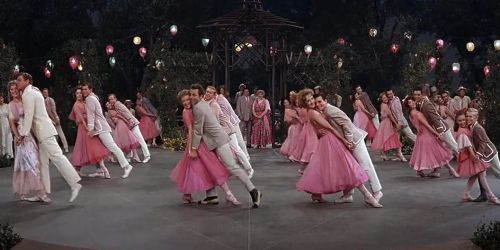
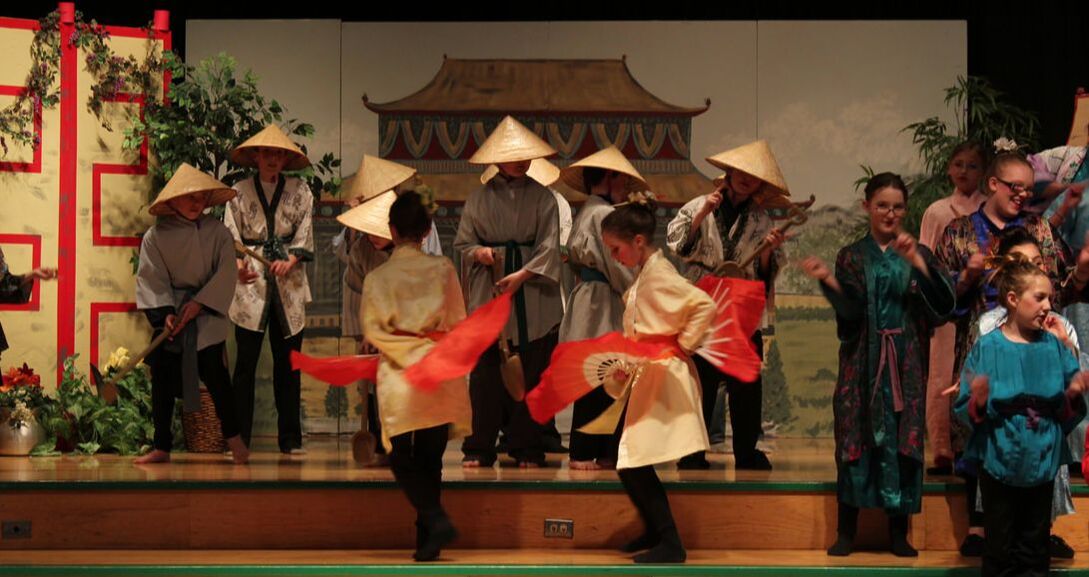



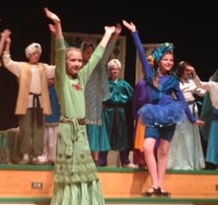
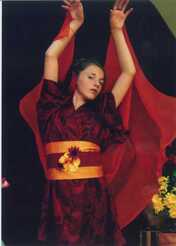
 RSS Feed
RSS Feed